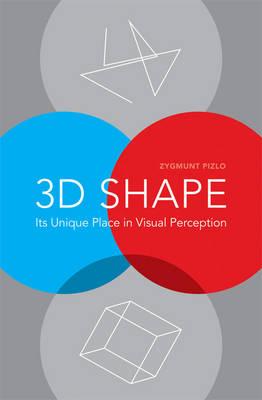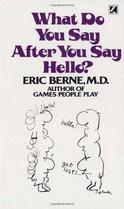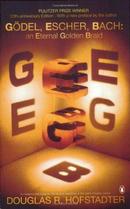 13.0%OFF
13.0%OFF

Download App
| >> | LShop | >> | Book | >> | Society & Social Sci... | >> | Psychology | >> | 3d Shape: Its Unique... |
 13.0%OFF
13.0%OFF
3D Shape: Its Unique Place in Visual Perception
-
ISBN
:
9780262515139
-
Publisher
:
The MIT Press
-
Subject
:
Psychology, Biology, Life Sciences
-
Binding
:
PAPERBACK
-
Pages
:
296
-
Year
:
2010
₹
1706.0
 13.0% OFF
13.0% OFF
₹
1484.0
Buy Now
Shipping charges are applicable for books below Rs. 101.0
View Details(Imported Edition) Estimated Shipping Time : 20-23 Business Days
View Details-
Description
The uniqueness of shape as a perceptual property lies in the fact that it is both complex and structured. Shapes are perceived veridically--perceived as they really are in the physical world, regardless of the orientation from which they are viewed. The constancy of the shape percept is the sine qua non of shape perception; you are not actually studying shape if constancy cannot be achieved with the stimulus you are using. Shape is the only perceptual attribute of an object that allows unambiguous identification. In this first book devoted exclusively to the perception of shape by humans and machines, Zygmunt Pizlo describes how we perceive shapes and how to design machines that can see shapes as we do. He reviews the long history of the subject, allowing the reader to understand why it has taken so long to understand shape perception, and offers a new theory of shape. Until recently, shape was treated in combination with such other perceptual properties as depth, motion, speed, and color. This resulted in apparently contradictory findings, which made a coherent theoretical treatment of shape impossible. Pizlo argues that once shape is understood to be unique among visual attributes and the perceptual mechanisms underlying shape are seen to be different from other perceptual mechanisms, the research on shape becomes coherent and experimental findings no longer seem to contradict each other. A single theory of shape perception is thus possible, and Pizlo offers a theoretical treatment that explains how a three-dimensional shape percept is produced from a two-dimensional retinal image, assuming only that the image has been organized into two-dimensional shapes. Pizlo focuses on discussion of the main concepts, telling the story of shape without interruption. Appendixes provide the basic mathematical and computational information necessary for a technical understanding of the argument. References point the way to more in-depth reading in geometry and computational vision. Zygmunt Pizlo is Professor of Psychological Sciences and Electrical and Computer Engineering (by courtesy) at Purdue University.
Related Items
-
of












 1484.0
1484.0






 131.0
131.0















